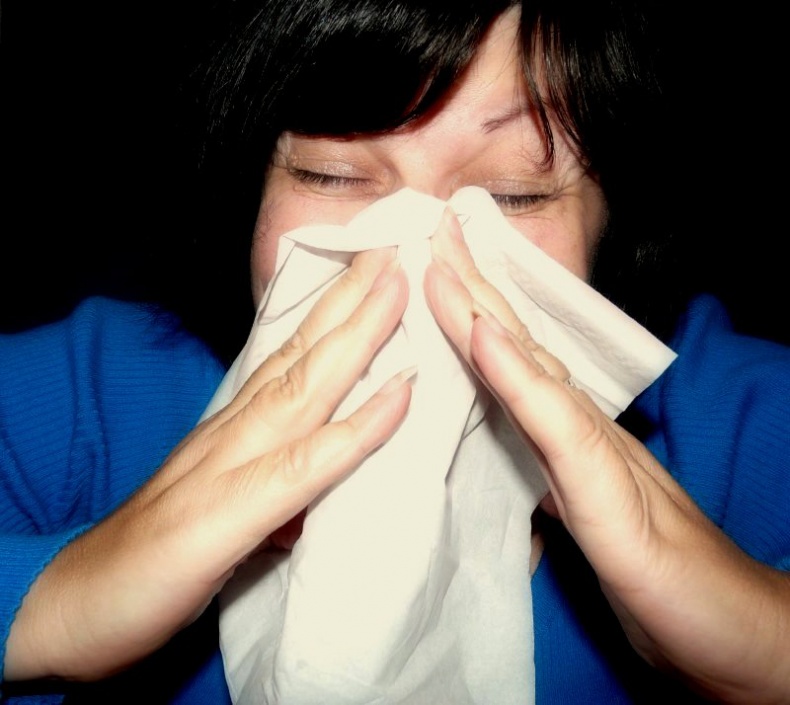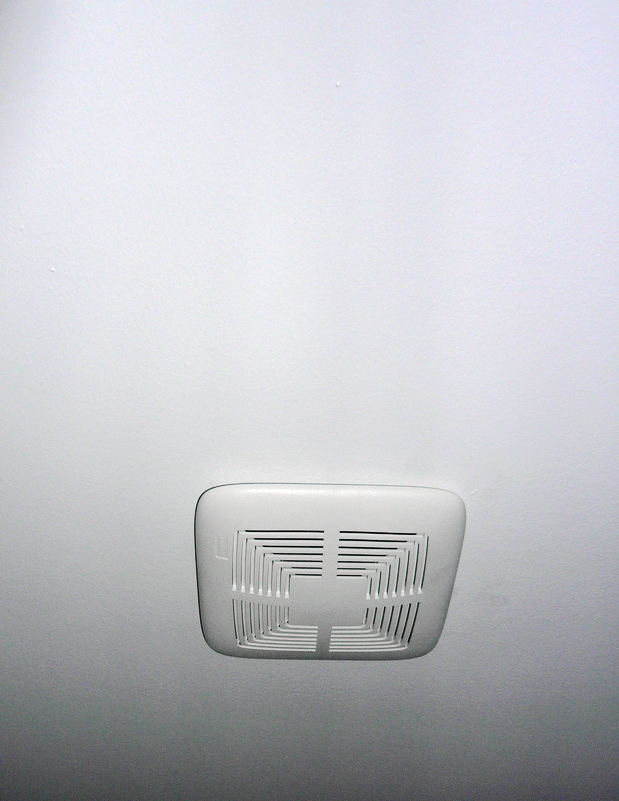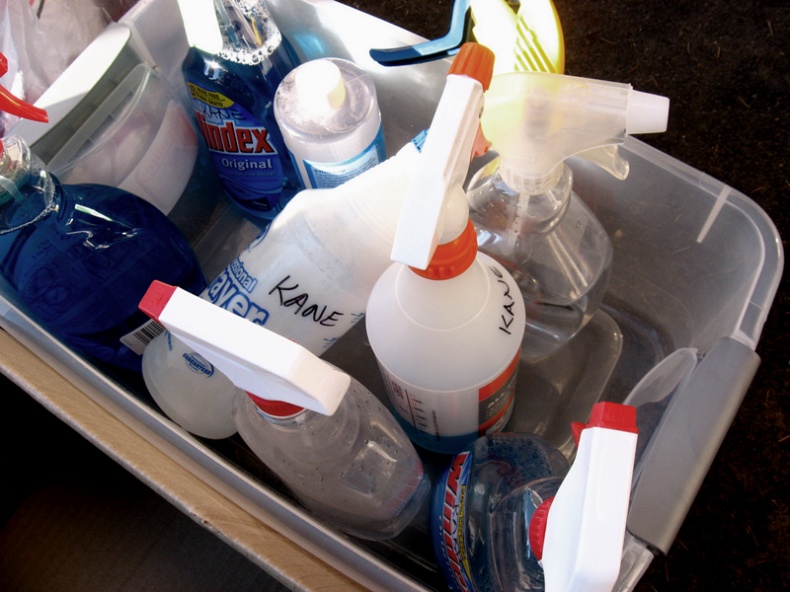
Sneeze by Mcfarlandmo
More than 2 billion dollars are spent each year to fight against allergy symptoms like itchy eyes and runny noses. Treatments are getting more effective, but in addition to the recommendations of your doctor, there are easy and inexpensive steps to work toward an allergy-free home — a haven from irritating allergens.
Decreasing the exposure to environmental allergens at your place can lead to the significant improvement of your health when you don't suffer from any of indoor allergies. The most common indoor allergens include moulds, pet dander, pollen, smoke, and dust mites. Following this room-by-room approach can help to control these common allergens throughout your home and lessen the severity of your symptoms.
Bedroom
During our lives, we spend a significant portion of time in the bedroom. We all know how a proper night's rest can do wonders. That's why your bedroom is the perfect place to start allergy-proofing. Begin with dust mite-proof covers on pillows, mattresses, and box springs. Change your bedding at least every week and wash it in water above 130 degrees.
Carpets are very allergen-friendly, so hard flooring like wood or linoleum is best to keep your bedroom clean. If you can't give up a favourite piece of Persian carpet, use a vacuum cleaner with a high-efficiency particulate air (HEPA) filter to vacuum it weekly.
Allergens like to linger in window coverings, so wash them weekly as well. If you have any pets, set up an allergen-free zone, including the bedroom, to keep pets out. Make sure all furniture has hard, easy-to-clean surfaces. Running a HEPA filter while you sleep and keeping windows closed will eliminate any stray allergens from the air.
Bathroom

Exhaust Fan
by Ubi Desperare Nescio
Main dangers in this room are moulds and moisture. Use an exhaust fan to eliminate as much moisture as you can and move steam out of the room. Beware of leaky plumbing and fix it immediately. Choose appropriate rugs, window coverings, and fabrics, and avoid moisture-trapping items or at least clean them often. Opt for a nonporous wall surface and avoid wallpaper if possible. Towel the room after you shower. Replace mouldy shower curtains or liners and clean everything properly each week. In the case of any visible moulds, 5 per cent chlorine bleach solution will be effective.
Living Room
As with the previous rooms, avoid materials and places in which allergens can linger. This is especially true for carpeting, curtains, blinds, wall hangings, and upholstery. Keep weekly cleaning sessions and include a thorough dusting. Equip your vacuum cleaner with a HEPA filter. Watch for any signs of mould and moisture, and be careful with the allowance of smoking. Keep windows closed during allergy seasons.
Kitchen
In the kitchen, the main goal is to keep an eye on moisture and the resulting mould. Also, keep insects and other pests out. An exhaust fan will find the use here as well to vent steam from cooking. Keep hard surfaces clean and fix any plumbing leaks immediately. Watch out for the sink: it should be empty and dry. Another important thing is your refrigerator. Avoid mouldy food and empty water from the drip pan when needed. Emptying the garbage daily is highly recommended — especially if you're not living alone. At the first signs of insect or pest invasion, consult with a specialist, and meanwhile eliminate their access to food.
Basement

Basement by Mark
The dark, damp areas of the basement are mould traps. Typical problems involve carpets, upholstered furniture, and moisture-trapping fabrics. These all can harbour moisture. Keep foundations, windows, and stairwells clean and dry. Use sealed plastic containers for storing various items and a dehumidifier if moisture stays at high levels.
These steps might appear quite complicated, but you should try them. You will probably be surprised by the results of what seemed daunting before. Lowering the dust mite population is especially crucial. These microscopic, eight-legged creatures thrive in humid and dusty environments. That's why you should try to avoid such conditions in your home. Many treatments are available for allergies; work closely with your physician to find the best plan to make a more allergen-free home. You might be able boost the efficacy of your treatment.
Allergy-fighting products
No wonder allergy products spell big business. Manufacturers try hard to develop new products to help your breathing and stop itching and sniffling. Apart from products that ignore what triggers your allergy and which are effective only in keeping the pesky symptoms under control, it's good to invest in allergy-fighting products that can be used around your home.
Harold S. Nelson, MD, a renowned allergist, says it's important "to figure out what you are allergic to." Once you know that you are allergic to your beloved cat, dust mites, pollen, or even all of the above, it's much easier to begin shopping for allergy items that keep these triggers at bay. Nelson perceived these allergy products as most effective for allergy sufferers.
HEPA filter

HEPA Filter by Wikimedia
Commons
High-efficiency particulate air (HEPA) filters can remove as much as 99.9 per cent of the most common allergens. They are even effective in eliminating bacteria in the air. Nelson emphasized that whether or not you need one depends on the type of your allergy, as some allergens (for example dust mites) are heavy particles, so they don't remain airborne. On the contrary, animal dander remains in the air longer, so a HEPA filter air cleaner would be a good tool for cat and dog allergies. Investment in a HEPA filter is also helpful if you suffer from pollen allergies. If it's just dust mites then save your money.
Dehumidifiers
Dust mites do not like humidity lower than 50 per cent, and investing in a dehumidifier may be an excellent way to combat them. According to Nelson, the effect is even greater when the humidity falls below 40 per cent. These levels will limit their growth, even in the summer season. Dehumidified air in the home can limit fungal growth, too.
Air Conditioners
Air conditioners are good for pollen and dust mite allergies, as they keep humidity down. These appliances cool down and re-circulate air, what eliminates indoor pollen exposure. However, be careful with fans. Window or attic fans can draw pollen-rich air from outside into the room and make your breathing more difficult.
Bedding
Allergen-resistant bedding is only effective as a barrier for dust mite allergies. Beds provide fertile ground for dust mites to live and proliferate. Nelson recommends covering the bedding and pillow with an impermeable barrier and to have bed covers, blankets, and sheets that can be easily washed every week in hot water. A variety of the barrier bedding fabrics is available, so talk to your allergist to find out about the most suitable brand and type for you.
Cleaning Supplies

Cleaning Supplies
by Collin Anderson
Chemicals, especially those found in the cleaning products, are common causes of allergic reactions as well as asthma attacks. You might be fine with common allergens, but if you feel the symptoms, ask doctor for more a detailed test. You actually might be allergic to the cleaning products you use. Unfortunately, this doesn't mean you never have to clean again! Doctor Nelson advises avoiding more irritating products, especially spray and ultra-high-efficient types. If our parents did well without spray-on furniture polish and instead used a wet cloth or sponge, maybe it could be a way to avoid the excessive use of chemicals in our homes and also to save on our budgets.
Where to Get Help in Toronto
Allergy/Asthma Information Association
Founded in 1964, the Allergy/Asthma Information Association (AAIA) is the only Canadian patient association that deals with all the symptoms of allergies. They offer extensive information services and fund research as well as patient education.
Asthma Society of Canada
The Asthma Society of Canada provides service to healthcare professionals, educators, and members of the community who either live with asthma or need to consult with one of their specialists.
Canadian MedicAlert Foundation
A leading provider of emergency medical information, they also have a 24-hour hotline to immediately access emergency and healthcare professionals. They work with schools as well to develop programs for children living with allergies or other special needs. Free programs and financial assistance are available for children and families who require MedicAlert protection.
Allergy/Asthma and Immunology Society of Ontario
This association responds to inquiries on the information hotline, too. They also provide information on food products, the availability of specialty foods, and up-to-date information about specialists in the allergy field. Educational brochures are available, and they organize public meetings twice a year.
Anaphylaxis Canada
Started in 2001 by people living with food and other allergies, this society provides public information, programs, and services in their various offices. They advocate for the needs of people living with anaphylaxis and actively participate in research.






